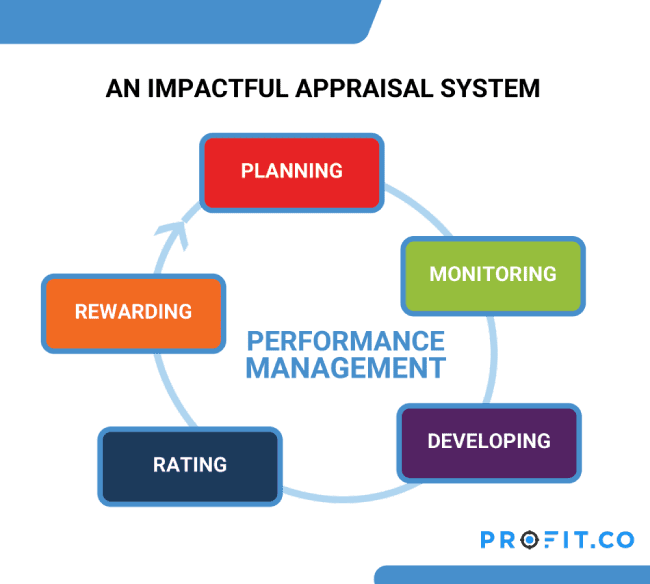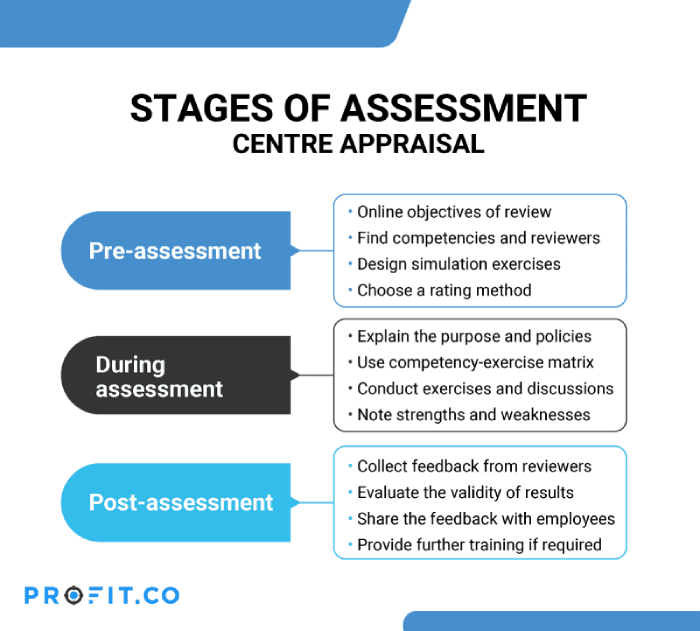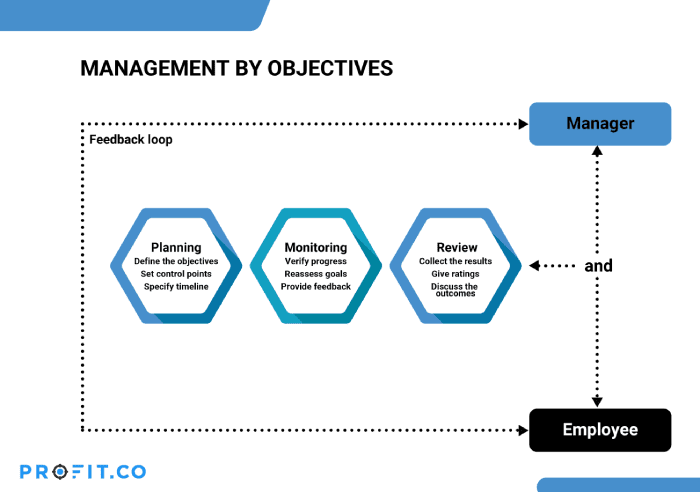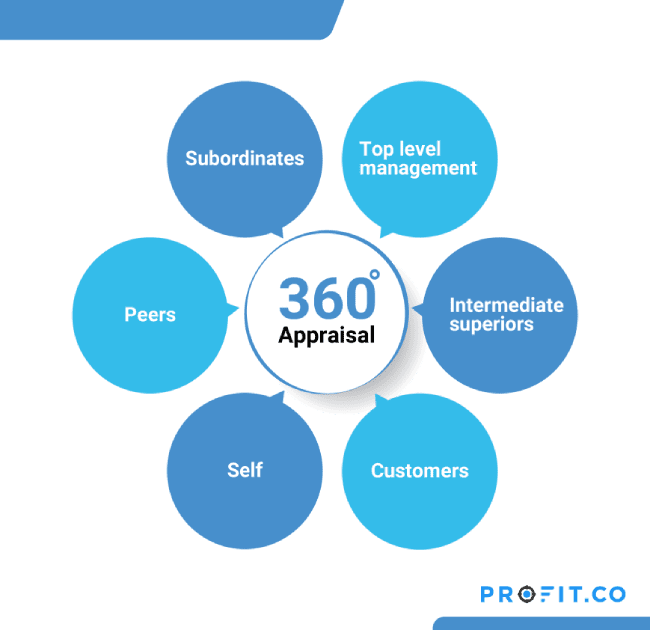Performance appraisals are a part of the performance management process. An effective performance appraisal system helps improve employee performance and provides reliable data that helps management make the right decisions.
What is a Performance Appraisal system?
Performance appraisal is the process of assessing an employee for their work throughout the year. It is usually conducted by an immediate manager, who during the appraisal process, goes over the employee’s achievements, performance, areas that need improvement, and helps chart out the way forward.
Why are performance appraisal systems important?
The key purpose of a Performance Appraisal System is to evaluate how well the employees performed during the year. It evaluates employee performance in line with the company’s goals and objectives, which help the company identify and categorize employees. This, in turn, helps the company devise suitable development plans and training programs for the employees.
What constitutes an Effective Appraisal System?

Performance Appraisal Systems can turn out to be very disappointing for some organizations if the expectations are set very high, the timing is not right, and if there isn’t regular dialog between the manager and his or her team members.
A lot of performance management software and appraisal systems come with diverse features, but that doesn’t always make it effective. Certain features engineered together can make an effective performance appraisal system. Let’s take a look at a few:
Clear Appraisal Objectives
The objectives of appraisal should be specific. An effective performance review system will be designed in a manner such that it matches the employee’s job description.
Match the Company’s Needs
An effective performance appraisal system matches the needs of the organization. Each member of the team must be aware of what their goals are, what the company’s goals are, and how their individual goals tie in with the company’s goals.
Managers are Mentors
Managers must bear in mind to not assume a hierarchical position. But be a mentor who can lead the employee on to a path of development. They should not only focus on the negatives, but also acknowledge and highlight the achievements to motivate the employee.
Continuous Feedback
The appraisal system is now a process that happens throughout the year; it’s not just a once a year process anymore. Since it’s a continuous dialog and review process that happens throughout the year, the ratings are not a surprise at the end of the year because of the continuous feedback that the manager gives on the employee’s performance. This continuous feedback helps employees better their performance and skills through the year, and into the future.
Well Defined Performance Criteria
Top-rated appraisal forms, appraisal formats, rules and procedures are some of the pre-requisites for an effective appraisal system. For example, you can rate a copywriter based only on the skill that is present in his / her job description.
What is the best performance appraisal system?
What are the types of performance appraisal?
- Assessment Center Method
- Management by Objectives
- 360-Degree Appraisals
Let’s look at the above 3 modern appraisal systems and see how they compare with each other.
No matter what type of performance appraisal you would like to initiate, Profit.co’s performance management module can help you evaluate employees effectively and efficiently. Try it free today!
Assessment Center Method
The Assessment Center Method gives employees a clear idea about how others observe them and the impact it has on their performance. While it assesses the existing performance of an individual, it also predicts future job performance. During the assessment, employees are asked to take part in social-simulation exercises like in-basket exercises, informal discussions, fact-finding exercises, decision-making problems, role-play, and other exercises that ensure success in a role.
The disadvantage of this method, however, is that it is time and cost-intensive and difficult to manage.

The Advantages of the Assessment Center Method are:
- It enhances a participant’s knowledge, boosts his/her thought process, and improves employee efficiency.
- It can be tailored to fit different roles, competencies, and business needs.
- Offers an insight into the employee’s personality.
How to Implement an Effective Assessment Center Method:
- Identify performance metrics that can be measured using this assessment center.
- Identify assessment techniques that can elicit ideal behavioral information.
- Spot assessors and assessees excluding immediate supervisors.
- Provide thorough training to assessors and reviewers.
- Maintain a system of performance records for each candidate.
- Review records and reward employees or provide training accordingly.
Management by Objective
This form of appraisal system has the employee and manager both jointly setting goals to be achieved within a certain time. The thinking behind this appraisal format is that when the employee is involved in goal setting, s/he’ll be more inclined to achieve the goal/s.
The managers are required to establish measurable targets and standards of performance and priorities for these targets. Also, the responsibilities and authority of the personnel are clearly established.
This appraisal format is ideal for measuring the quantitative and qualitative output of senior management like managers, directors, and executives (business of any size).
The format involves a lot of planning and being proactive rather than being reactive to events. It’s not subjective. Instead, this type of performance appraisal format helps assess the employee’s capabilities for himself/herself which helps improve his/her ability to perform well.

The Advantages of the Management by Objective method are:
- Since in this method, the manager and the employee are jointly involved, they know what the expectations are and there is no ambiguity.
- The employees are more aware of the company’s goals and are proud of being involved in the organizational goals. This improves their morale and commitment.
- This method highlights the area in which the employees need further training, leading to career development.
- MBO puts strong emphasis on quantifiable objectives and therefore, the measurement and appraisal can be more objective, specific and equitable.
- It improves communication between managers and subordinates.
How to Implement an Effective Management by Objective program:
- Every manager must have 5-10 SMART goals clearly listed.
- Along with a clear description of the SMART goals, it must also have a clear plan on how to accomplish it.
- Determine how progress will be measured and how frequently (minimum quarterly).
- List down corrective actions that will be taken if progress is not in accordance with plans.
- Ensure that goals at each level are related to the organizational objectives and levels above/below.
360-Degree Appraisals
Including reviews from co-workers and others who have contact with the employee in the performance review process helps authenticate the employee’s report and potentially help cover more ground during the review process, keeping biases at bay.
The 360-degree appraisal system is considered the best performance appraisal system as it gives a good understanding of an employee. This type of appraisal system also helps the employee learn about his/her strengths and weaknesses.

Source: Human Resource Management Practice
The Advantages of using the 360-degree feedback are:
- It increases the individual’s awareness of how they perform and the impact it has on other stakeholders.
- Serves as a key to initiate coaching, counselling, and career development activities.
- Encourages employees to invest in self-development and embrace change management.
How to Implement an Effective 360-degree review:
- Check that the people providing feedback have worked for at least 6 months with the candidate who is receiving feedback. Also check that all participants really trust that this process is meant to help everyone succeed.
- The candidate should choose the people that they would like to receive feedback from, and they should also be open to feedback and suggestions from their manager / coach.
- Inform all participants about the purpose and process of the 360-degree, what’s expected of them, and why.
- Check in, everyday or every other day, to see how completion of the assessment is coming along.
OKRs and the Modern Performance Appraisal System
Now that organizations have moved on from the once-a-year review practice, managers now use OKRs with continuous performance management to align with and motivate employees. It accelerates performance by giving employees a direct line of sight into how their work impacts company goals, and also ensures everyone is focusing on important company priorities.
In the Profit.co software, you can conduct 360-degree reviews by initiating an affinity-based performance review. In this review type, a reviewee will complete a self-assessment, be reviewed by peers, and receive feedback from their manager.
Peer reviews can be anonymized to support honest and reliable answers, and additionally, reviewees can select which peers they’d like to be reviewed by, or managers can designate peers to complete the review.
Managers can designate different competencies for the employee to rate themselves on. Competencies are skills that are specific to an employee’s role and a necessary component of their job. Reviewees will rate themselves on a sliding scale, and also be rated by peers and managers. If a reviewee’s self-assessment rating and the manager’s rating match, the competency will be highlighted, indicating that everyone is on the same page.
Managers will also determine an employee’s potential. Based on an employee’s total performance rating from the components of their review as well as the manager’s potential rating, they will be plotted on the 9-Box Matrix which helps managers and HR administrators determine if an employee is ready for a promotion through an IDP, or individual development plan, or needs to improve in their position through a PIP, or performance improvement plan.“
Best practices for Implementing an Effective Appraisal System
Reviewing employees’ performance and keeping them motivated involves doing a lot of things right. These are a few of them:
Coaching for Managers
Managers need to be trained on how to conduct a performance appraisal. Performance appraisals are one of those ‘intense’ activities at the workplace. Given that it involves evaluating an employee’s capabilities and contribution, the outcome of these appraisals can have a significant impact on the employee’s future performance and self-esteem. Which is why it is crucial for a manager to be trained in the process and s/he cannot just ‘wing it’. Poorly delivered feedback can be very demoralizing and lead to employee attrition. Sharon Frankovich, a consultant with HR Works, says, “Coach managers on how to give negative feedback. Many managers don’t know how to do this, and so they avoid it.” She says managers must realize the importance of giving specific, constructive feedback, and the impact of providing inaccurate or zero feedback.
Performance Previews rather than Performance Reviews: A focus on the future
Some organizations are now going the Performance Previews route. What that means is that the manager and the employee discuss how the responsibilities of the employee might change in the year ahead and decide what training, tools, and mentorship the employee will need to achieve those goals.
Organizations that have adopted the Performance Previews approach consider it as a factor behind low employee attrition and also in attracting employees. However, previous appraisals are also important, as are valuable measuring tools.
Train employees to monitor their performance themselves and work towards getting the feedback they need
Employees, in most cases, don’t have a say in the appraisal process and wait for the manager to give feedback. However, instead of waiting for the manager to appraise their performance and give feedback, employees should have the know-how and wherewithal to self-monitor and make efforts to get better at their work.
Self-appraisal in performance management system allows employees to openly express their interests, opinions and goals. The performance management system ceases to be hierarchical and instead, it becomes a more welcoming two-way process when self-appraisal formats are included in the system.
Bottom-up Appraisals
Another format that is finding its way into organizations is the Bottom-up appraisal system, where each employee rates his/her supervisor in areas such as how well the employee understands his or her responsibilities, receives the help and feedback necessary to succeed, and so on.
When Should a Performance Appraisal Take Place?
The best performance appraisal is the ongoing appraisal. Employees prefer frequent feedback over a detailed review that happens once a year. Frequent, informal interaction with the management makes the employee feel less stressed and more responsive to feedback. Templates like this, can give a fairly good idea of questions for performance reviews
To Summarize
The process of giving feedback must change with the changing times and as organizations evolve. The goal of the appraisal system above all is to help the development of the employees, and not for management to judge an employee’s contribution. While there’s no one size fits all, there are a few things that work – make feedback frequent instead of having a review just once a year, training managers to conduct effective appraisals, and involving employees in their own appraisal process. Irrespective of the nature of the organization, these are a few things that do get results.
To learn how Profit.co can help you initiate quick and effective performance appraisals that tailor exactly to your teams’ needs, book a free demo with our experts today!
